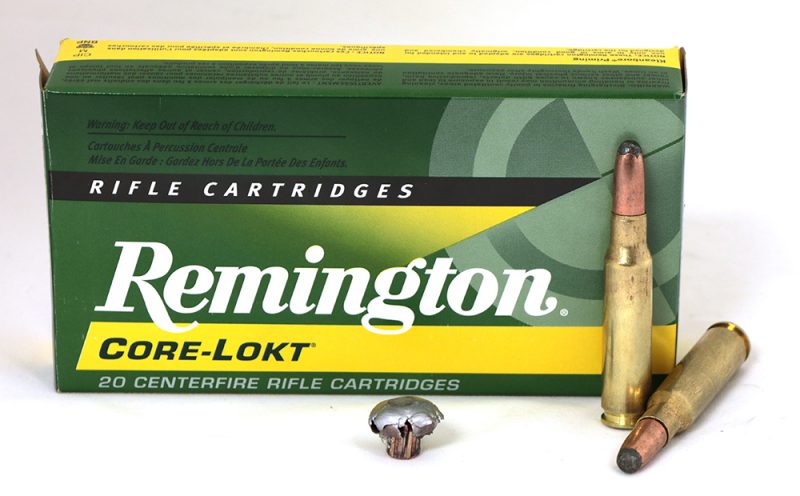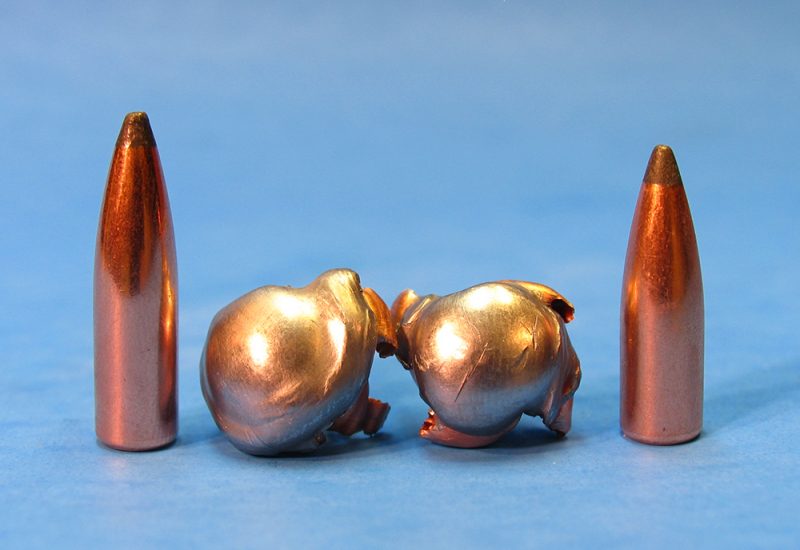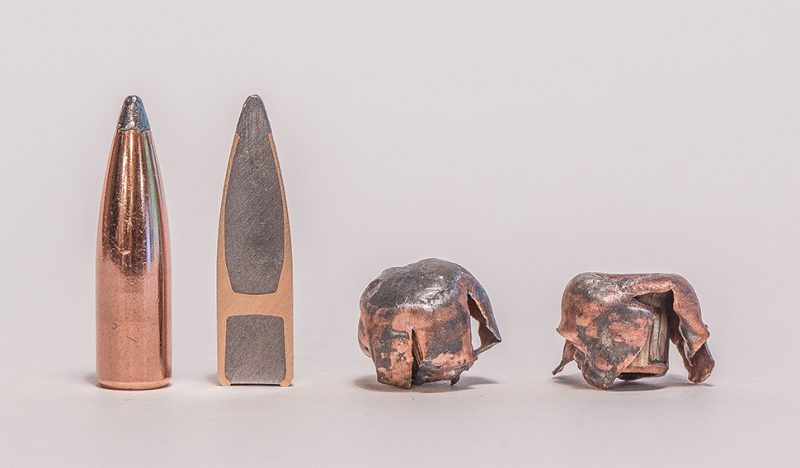What’s the Best Bullet Weight for Big Game?
Richard Mann 05.22.17

Bullet weight is something hunters have argued over since bullets were round balls. The general consensus has been that heavier bullets are better. Funny, this logic has never applied to supermodels.
A deer hunter going elk hunting might think that because elk are bigger than deer, that he or she needs a bigger (heavier) bullet. This reasoning seems to be based on sound logic, but in truth what seems like sound logic doesn’t always represent ballistic truth.

Let’s look at the 308 Winchester to get a better understanding of the importance of bullet weight. The 308 Winchester will launch a 125-grain bullet at about 3,200 fps, a 165-grain bullet at about 2,800 fps, and a 180-grain at around 2,600 fps. Right off, you can see that heavier bullets start out at a disadvantage. For example, for a 32 percent grain increase in bullet weight, you must give up about 13 percent in velocity.
Ironically, in many cases the heavier bullet will have better external ballistics because of its high ballistic coefficient. On the other hand, the heavier bullet might not provide the dynamic tissue destruction you’re looking for on impact.

For most cartridges, the answer isn’t a heavy or a light bullet, but a bullet weighing somewhere in between. For big game hunting with common big game cartridges, the mid-range bullets generally provide the best balance of external and terminal ballistics. Let’s look at the 308 Winchester again and compare the external ballistics of a 125-, 165-, and 180-grain Nosler Ballistic Tip bullet out to 400 yards:
Bullet 200 yards 300 yards 400 yards
(Velocity/Energy/Drop)
125 grain 2677/1989/-2.6 2438/1649/-10 2211/1356/-23.3
165 grain 2426/2156/-3.6 2251/1856/-13.2 2082/1588/-29.6
180 grain 2264/2048/-4.4 2105/1771/-15.6 1953/1525/-34.7
As you can see, even though the 125-grain bullet strikes with more velocity at 400 yards, it impacts with less energy than the two heavier bullets. At every distance the 165-grain bullet is traveling faster and hits harder than the 180. It also has more energy at every distance than the 125-grain bullet, with only a minimal increase in bullet drop.

Some will quickly point out that the 180-grain bullet has the highest sectional density (SD). Sectional density is the relationship of a bullet’s weight to its diameter, and many hunters think this is a magical number that indicates penetration ability.
As far as expanding bullets are concerned, this is a myth because once the bullet begins to deform, its sectional density drastically changes with the bullet’s shape.
Terminal performance testing – shooting bullets into a test medium – is a better way to compare how the different bullet weights stack up. I tested a 150-grain Sierra ProHunter bullet (SD: .226) and a 180-grain Sierra ProHunter (SD: .271) out of a 308 Winchester. Muzzle velocities were 2,590 and 2,450 fps, respectively. The heavier bullet penetrated 8 percent deeper, but the wound cavity was 18 percent smaller.

In another test out of a 308 Winchester, a 150-grain Barnes Triple Shock bullet (SD: .226) penetrated 9 percent more than a 168-grain Triple Shock (SD: .253), thus illustrating that sectional density isn’t a reliable predictor of penetration; impact velocity and bullet construction determine terminal performance. For most common big game applications, select a mid-weight bullet for a better balance of external and terminal performance.

